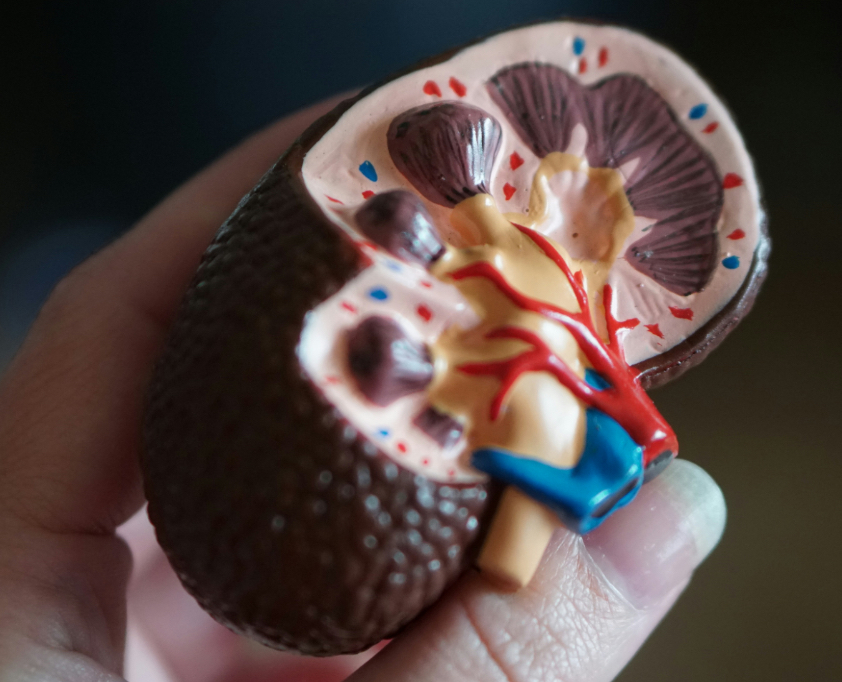Cilostazol is a medication primarily used to treat intermittent claudication, a condition caused by peripheral artery disease where leg pain occurs during walking due to reduced blood flow. It works as a phosphodiesterase III inhibitor, which promotes vasodilation (widening of blood vessels) and inhibits platelet aggregation, improving blood flow.
Key Points:
- Uses: Relieves symptoms of intermittent claudication, such as leg pain and cramping, allowing patients to walk longer distances.
- Dosage: Typically 100 mg twice daily, taken on an empty stomach (30 minutes before or 2 hours after meals). Dose adjustments may be needed based on other medications or side effects.
- Side Effects: Common ones include headache, diarrhea, dizziness, and palpitations. Serious side effects may include irregular heartbeat or bleeding risks.
- Contraindications: Not recommended for patients with heart failure, severe liver or kidney disease, or a history of bleeding disorders. It interacts with certain drugs like CYP3A4 inhibitors (e.g., ketoconazole) or CYP2C19 inhibitors (e.g., omeprazole), which can increase cilostazol levels.
- Precautions: Avoid grapefruit juice, as it can increase drug levels. Patients should inform their doctor about all medications and supplements to avoid interactions.
Always consult a healthcare provider for personalized advice, as cilostazol may not be suitable for everyone. I
Disclaimer: owerl is not a doctor; please consult one.


Leave a Reply